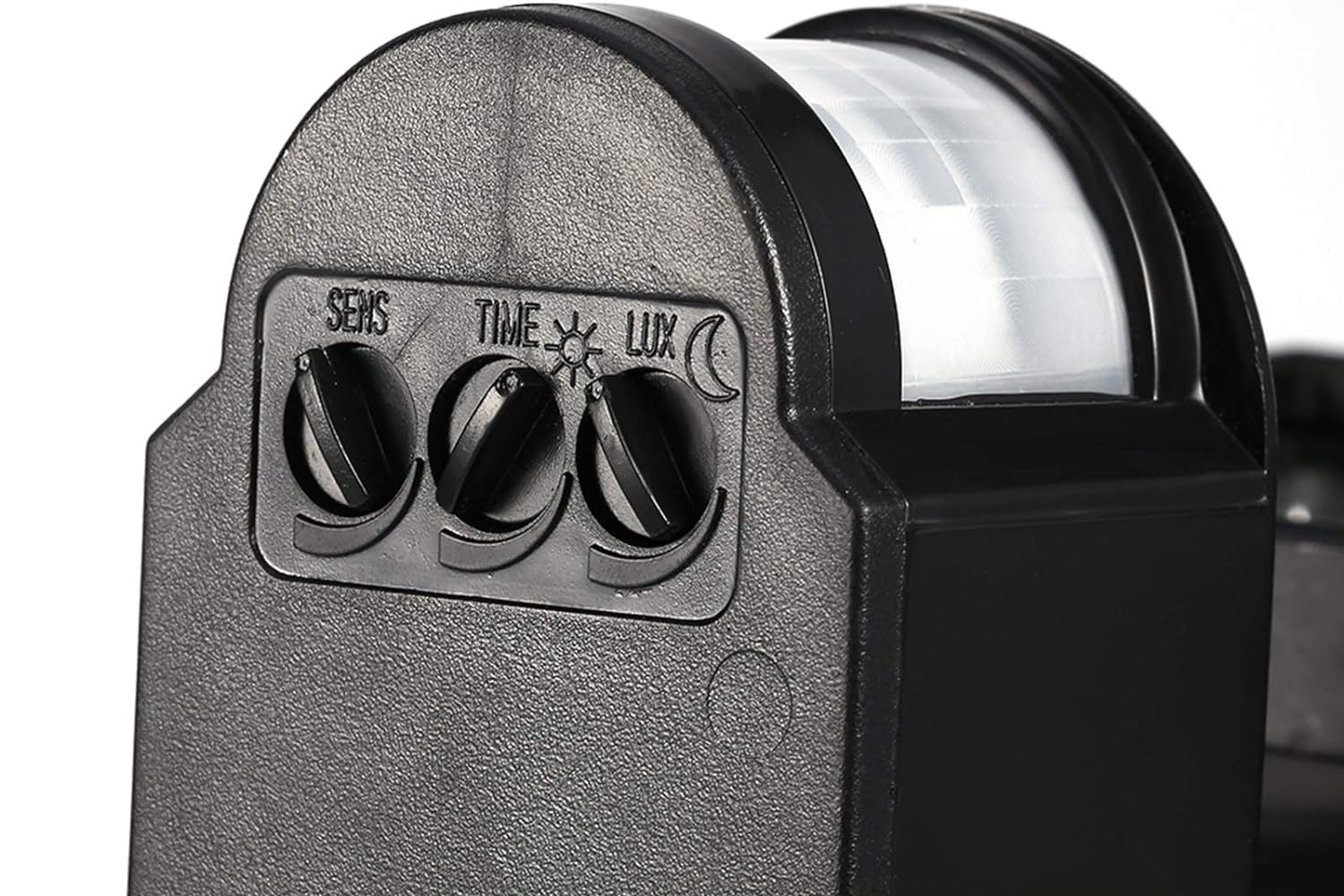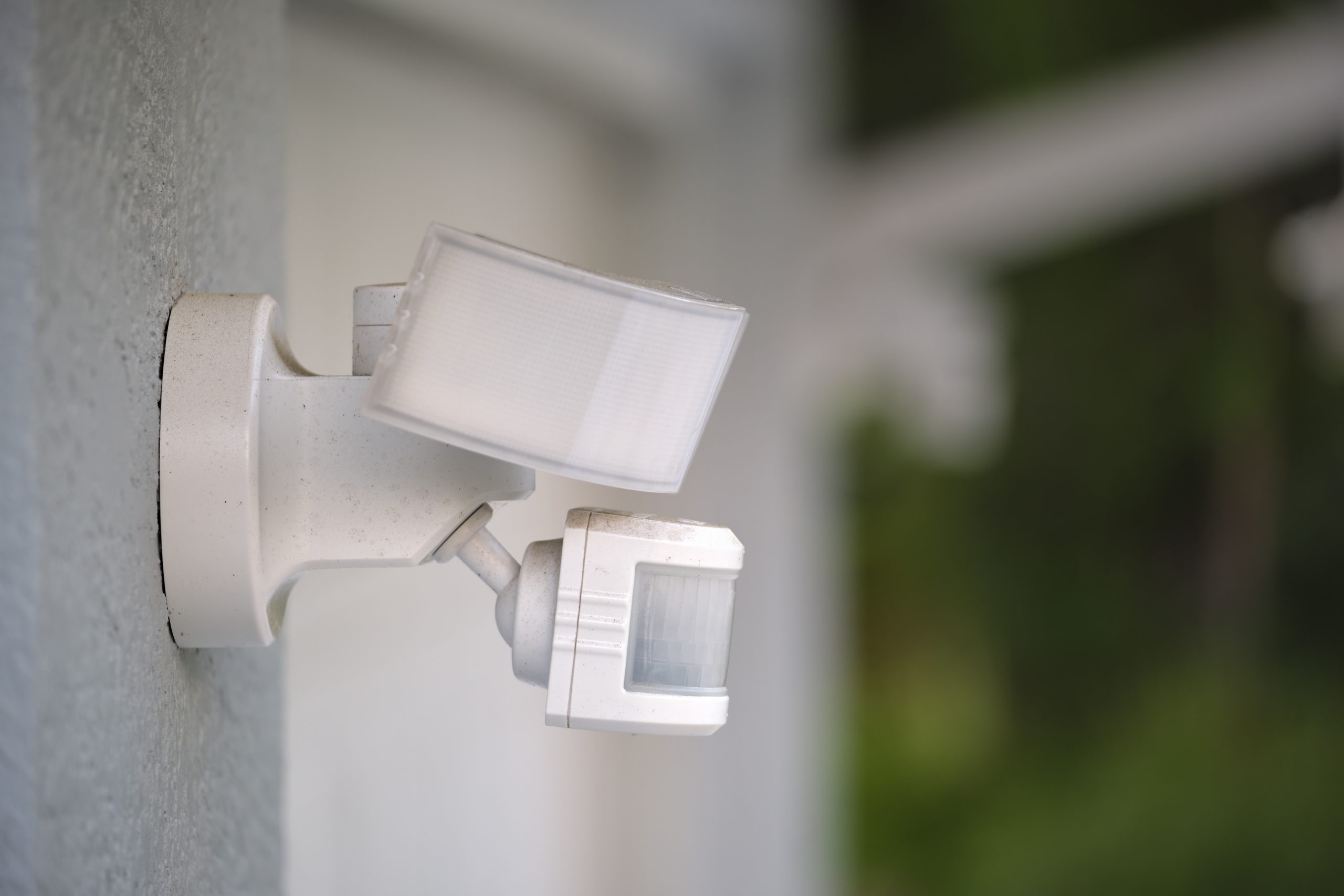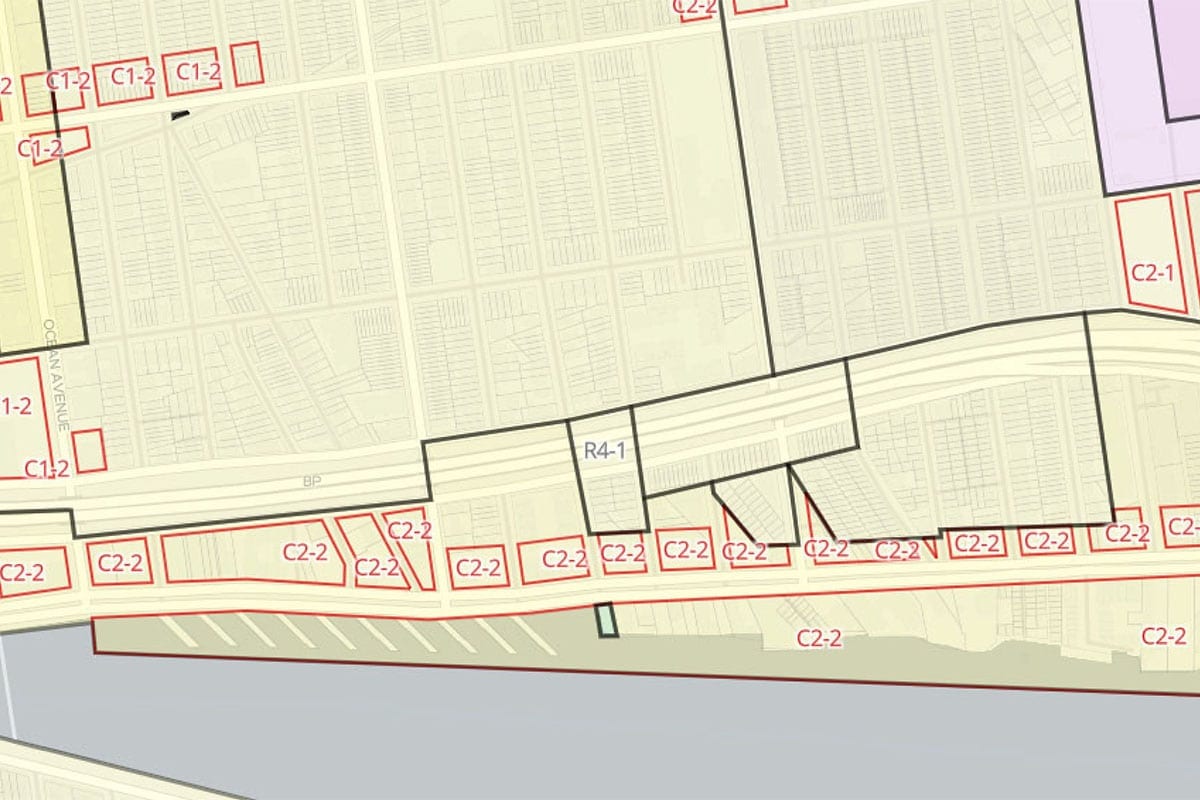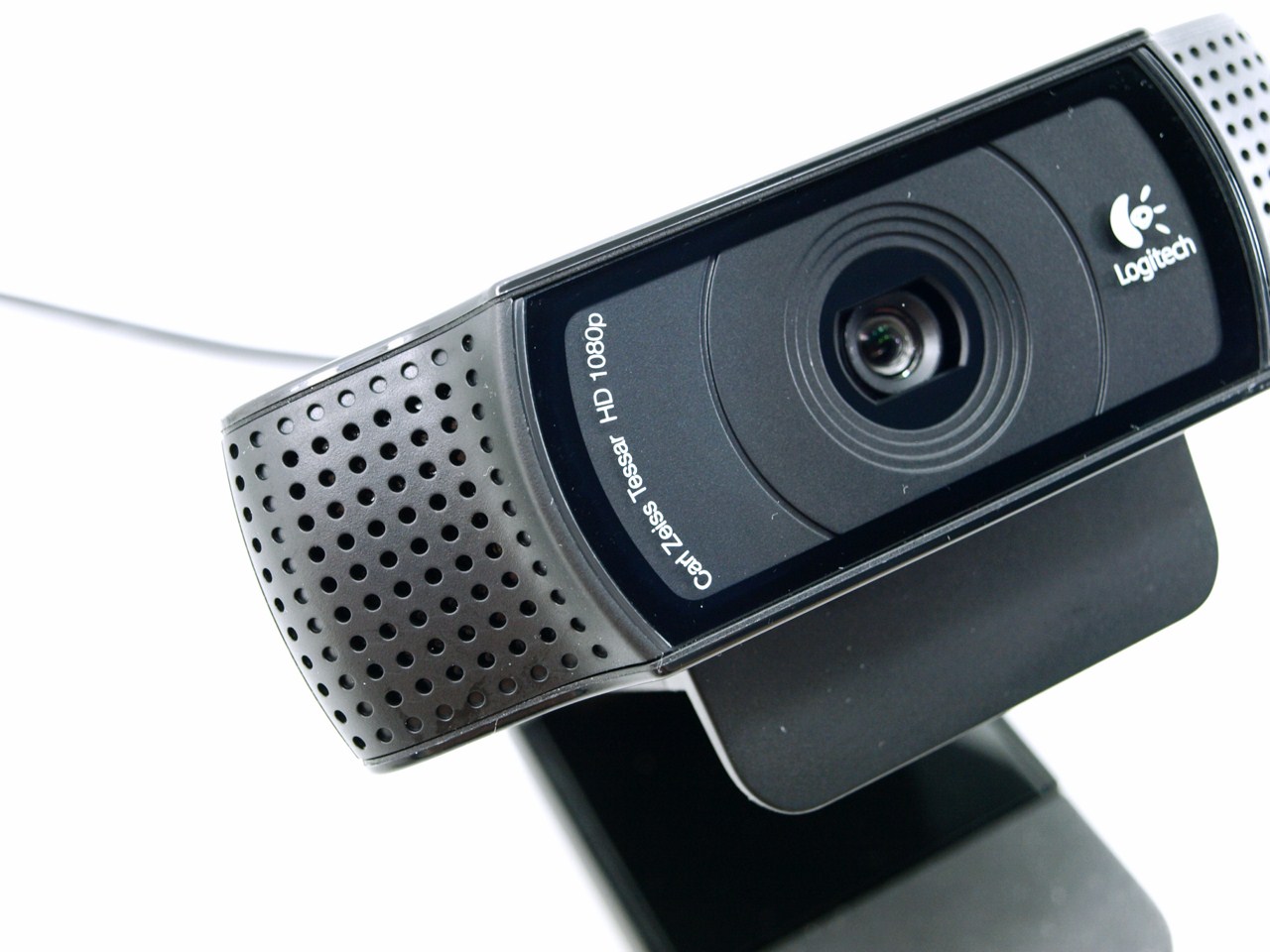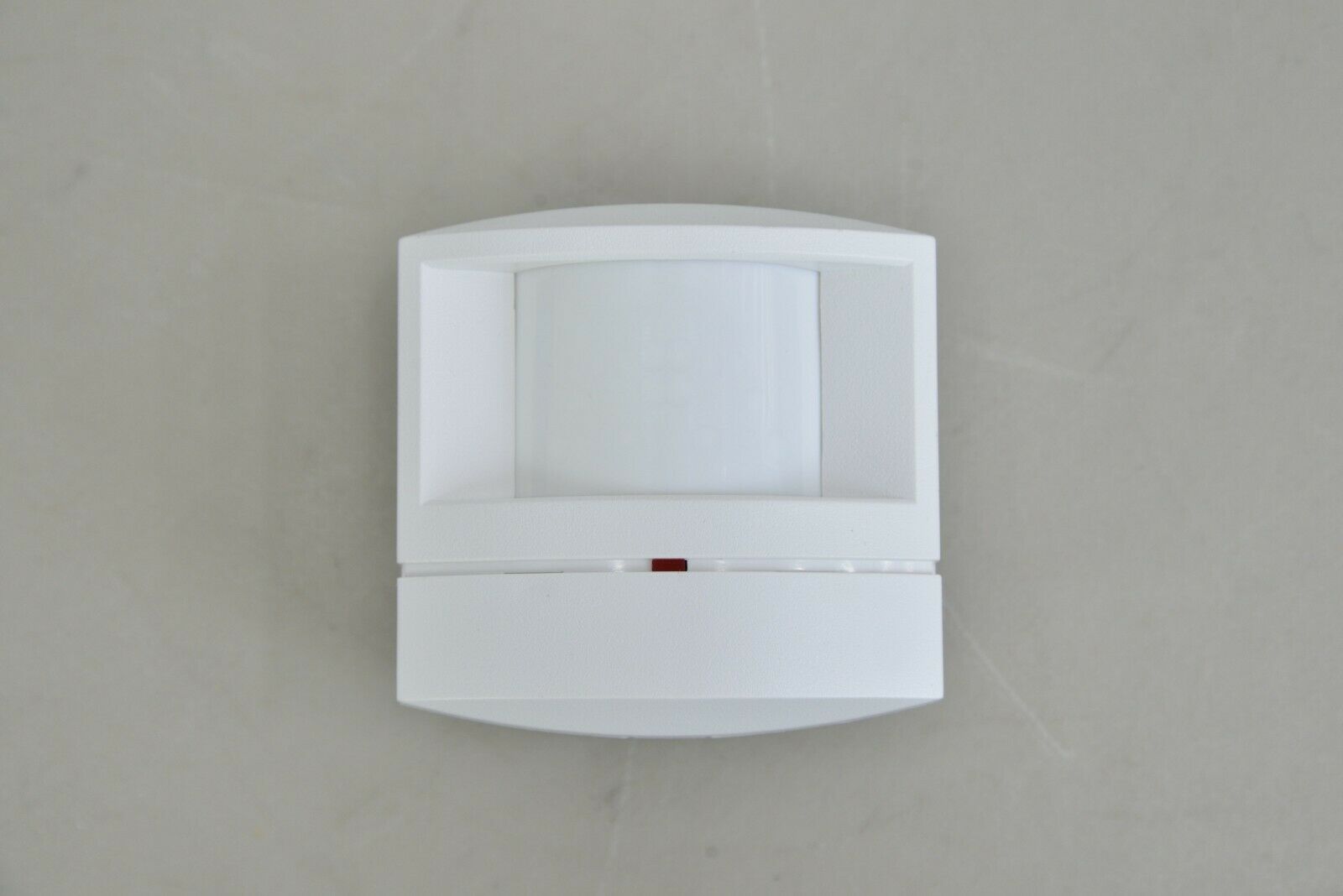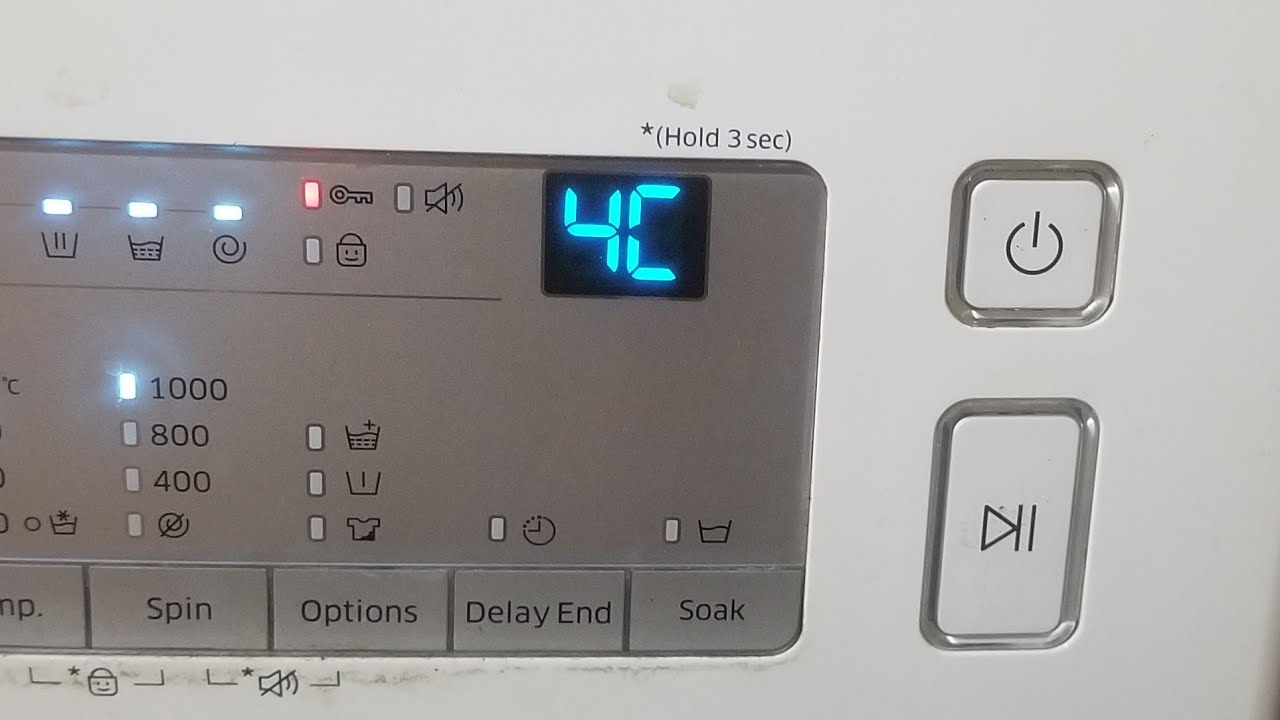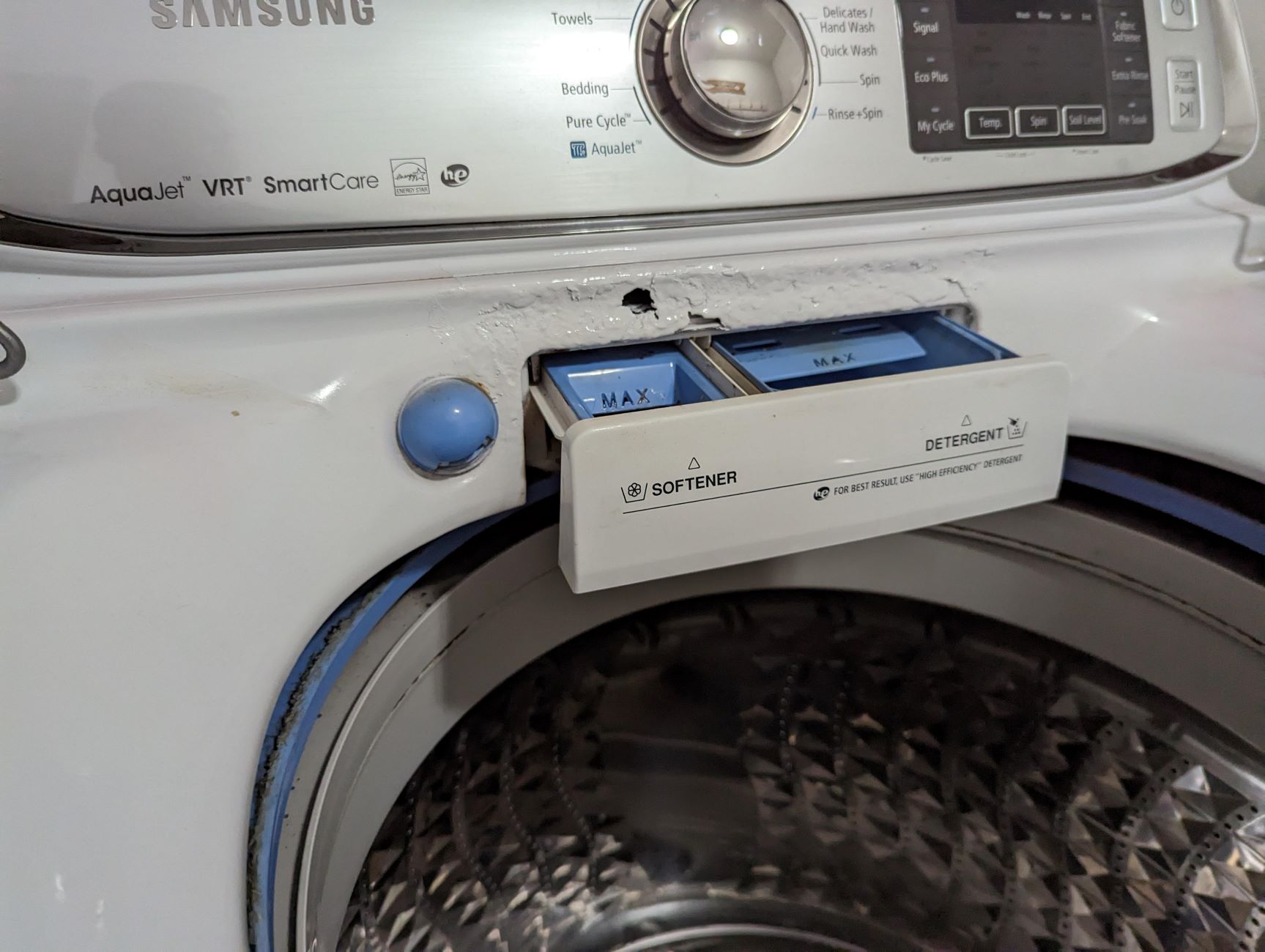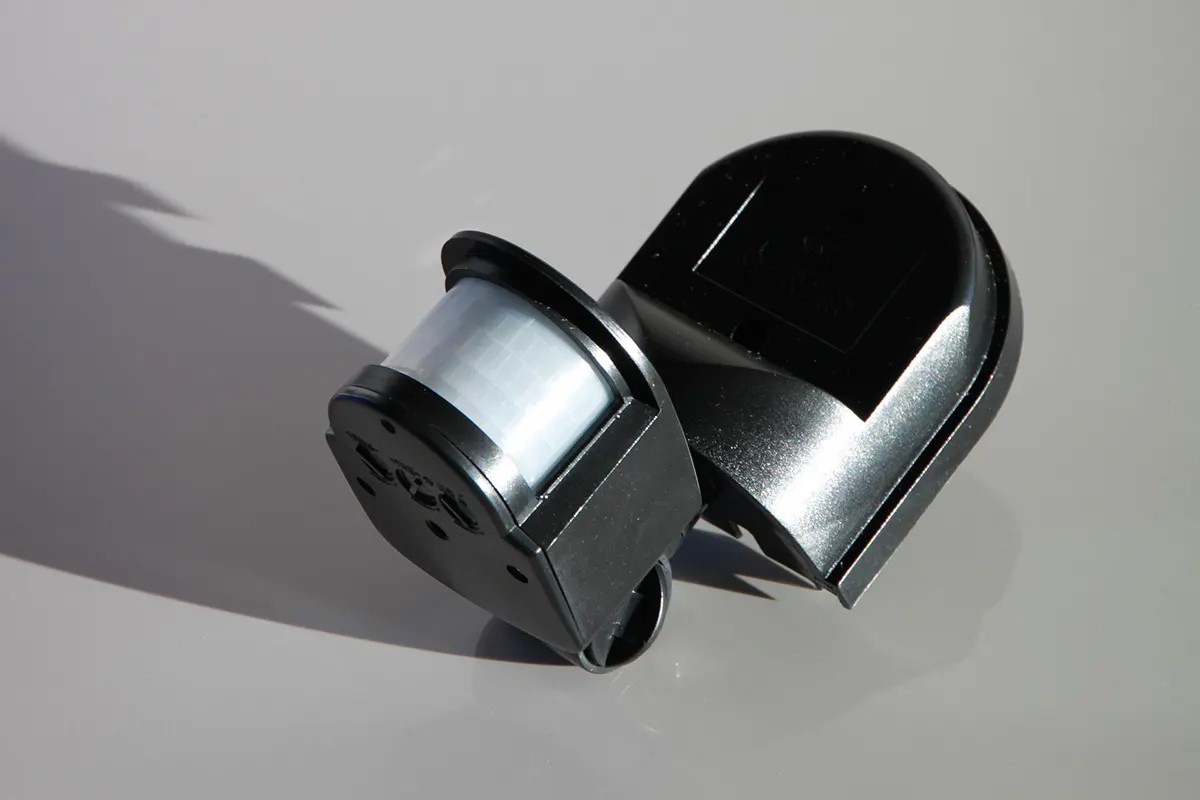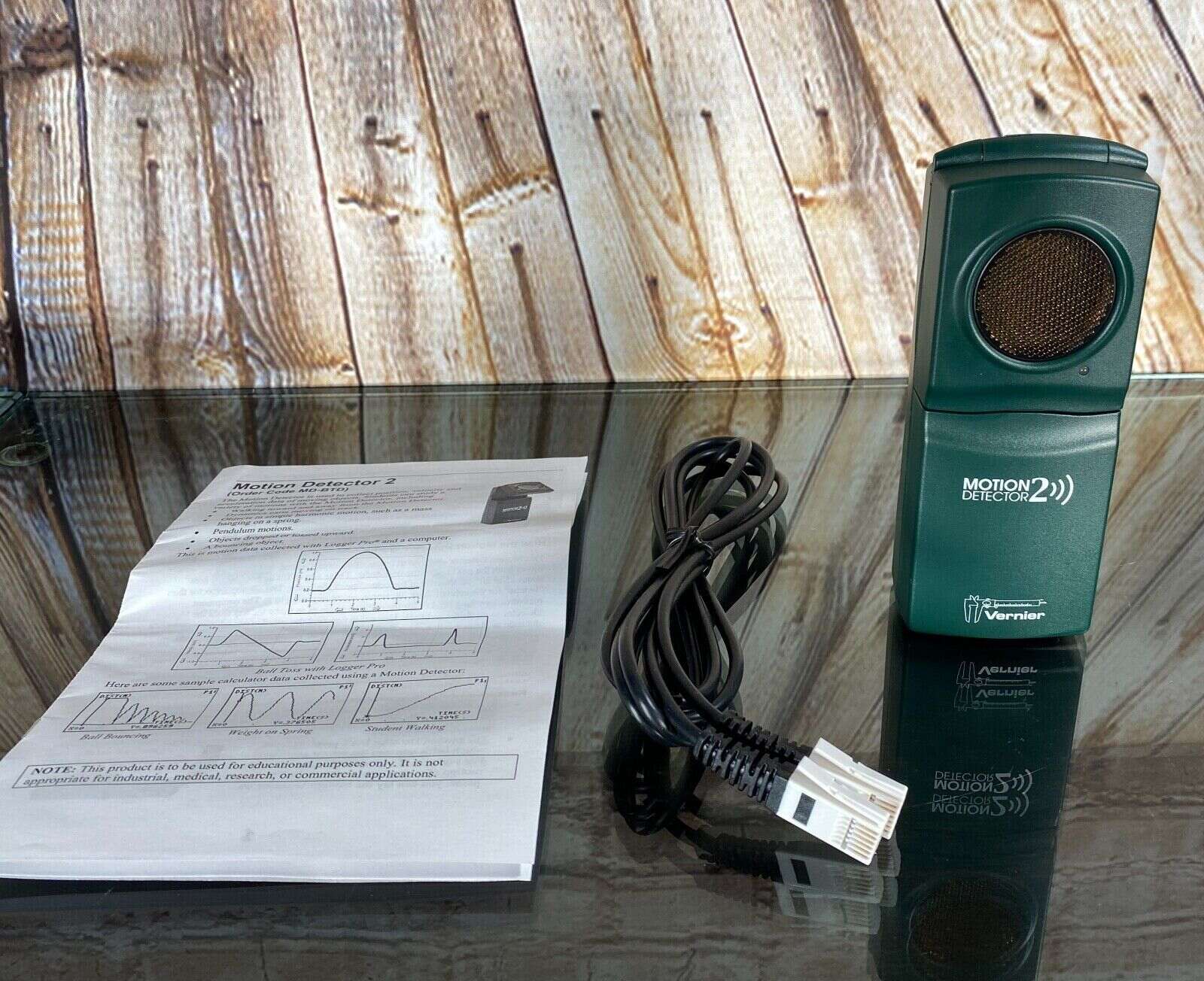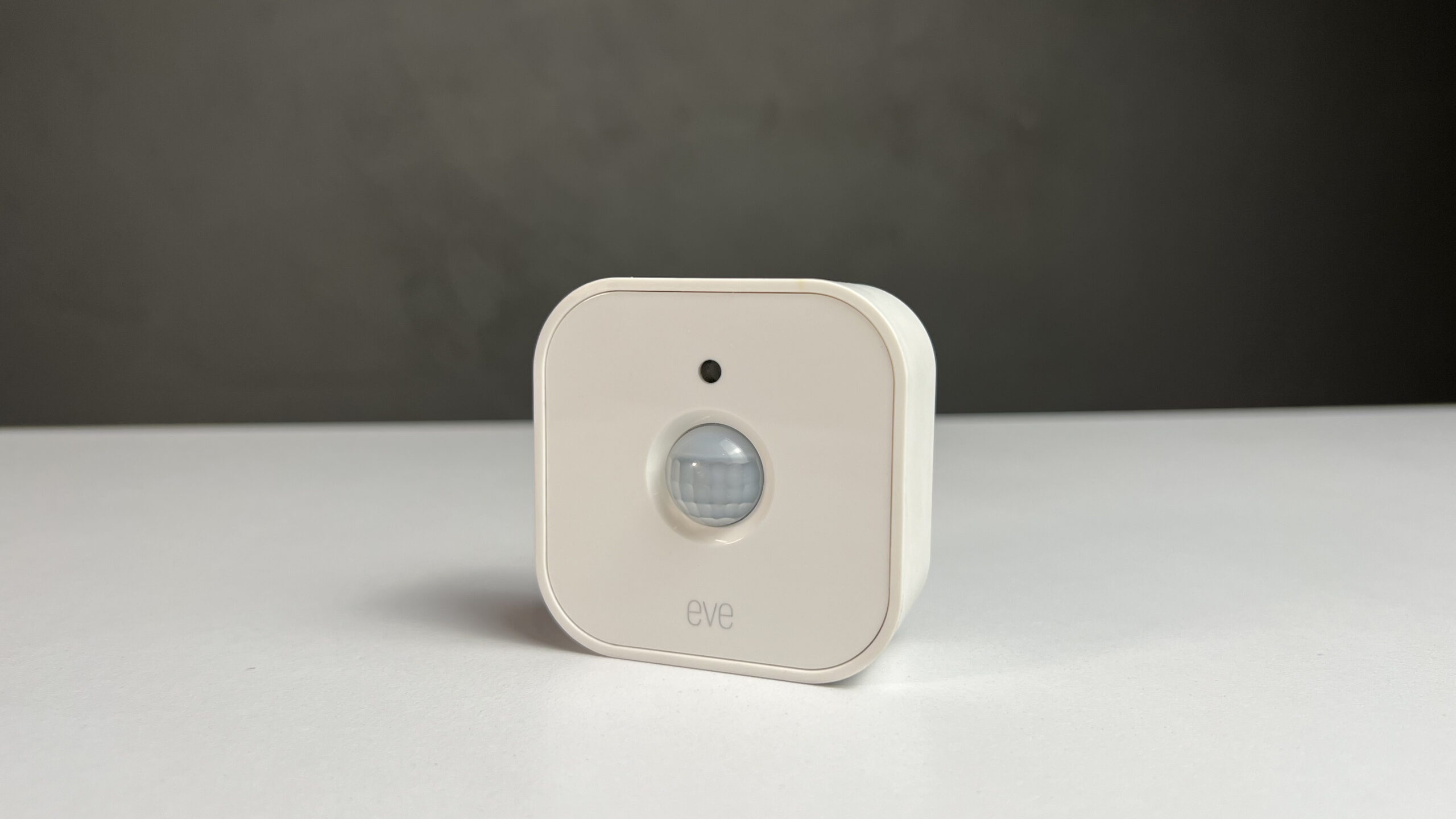Home>Home Security and Surveillance>What Does NC And C Mean In Motion Detector?
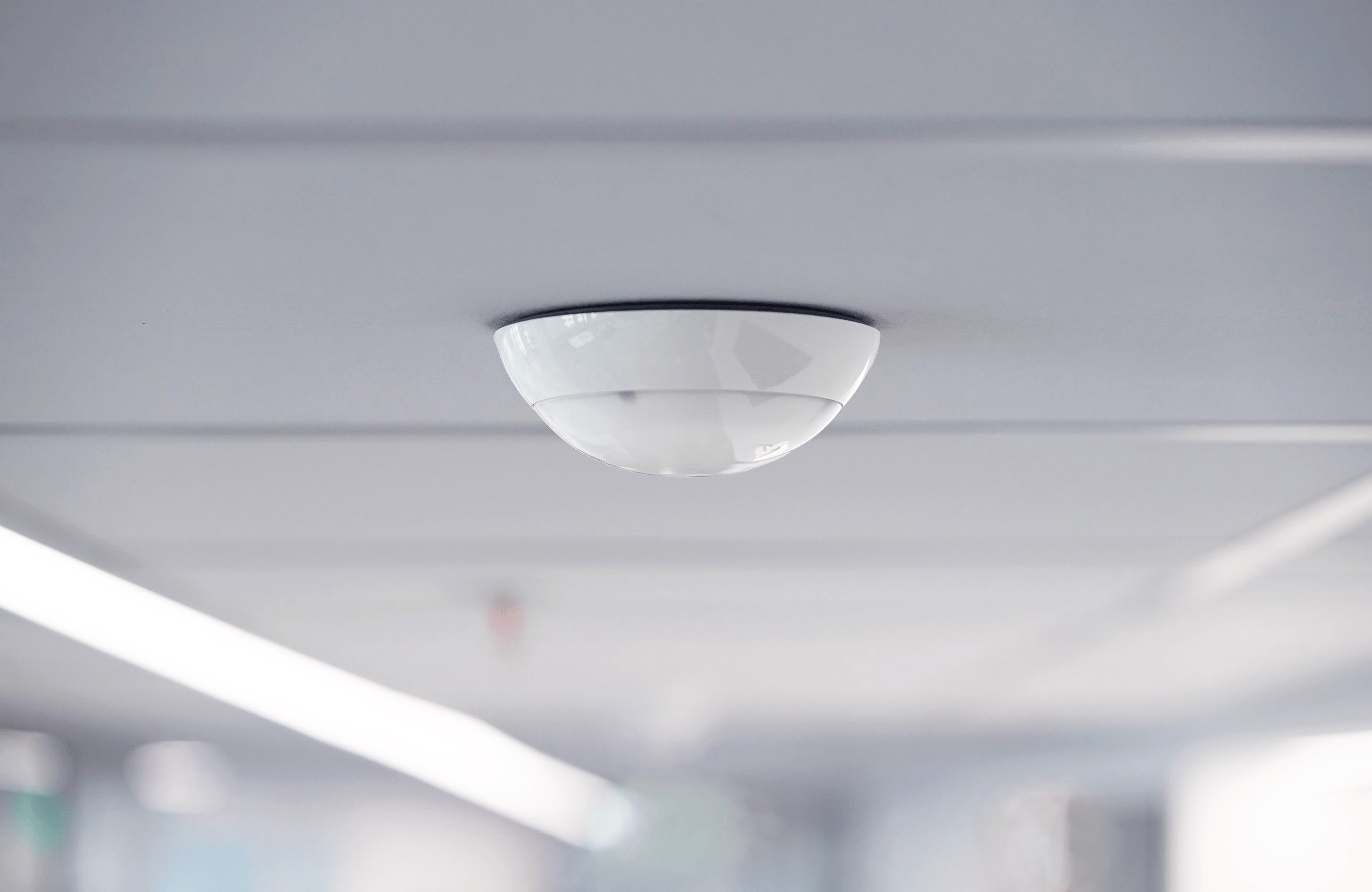

Home Security and Surveillance
What Does NC And C Mean In Motion Detector?
Modified: November 1, 2024
Learn about the significance of NC and C in motion detectors for home security and surveillance. Enhance your understanding of these terms.
(Many of the links in this article redirect to a specific reviewed product. Your purchase of these products through affiliate links helps to generate commission for Storables.com, at no extra cost. Learn more)
Introduction
Welcome to the world of home security and surveillance, where peace of mind is just a click away. With advancements in technology, homeowners now have access to a wide range of devices that can help them protect their property and loved ones. One such device is the motion detector, a crucial component of any home security system.
In this article, we will explore the fascinating world of motion detectors and shed light on what the terms “NC” and “C” mean in relation to these devices. If you’ve ever wondered about the significance of these abbreviations, or if you’re planning to install a motion detector in your home and want to understand the different options available, then this article is for you.
Before we delve deeper into the meaning of NC and C, let’s first provide a brief overview of motion detectors and their role in home security.
Key Takeaways:
- Motion detectors use “NC” and “C” contacts to detect movement. “NC” is like standby mode, while “C” is like active mode. Choose based on your security needs and false alarm concerns.
- Deciding between “NC” and “C” for motion detectors depends on your preference for immediate response or reduced false alarms. Consider your security system’s compatibility and integration for optimal protection.
Read more: What Does Threshold Mean In Motion Detector
Overview of Motion Detectors
Motion detectors are electronic devices that are designed to detect movement within a specific area. They are commonly used as components of home security systems to monitor for unauthorized access or intrusions. These devices work by sensing changes in infrared radiation or by detecting changes in the pattern of reflected or emitted ultrasonic waves.
There are different types of motion detectors available in the market, including passive infrared (PIR) detectors, microwave detectors, and dual-technology detectors. Each type of detector operates using different principles and has its own set of advantages and limitations.
Regardless of the type, the main function of a motion detector is to detect any movement within its detection range and trigger a response, such as activating an alarm, sending a notification to the homeowner’s smartphone, or turning on the lights. This immediate response plays a crucial role in preventing intrusions and ensuring the safety of your home and loved ones.
Now that we have a basic understanding of motion detectors, let’s explore the meaning and significance of the terms “NC” and “C” within the context of these devices.
Understanding NC and C in Motion Detectors
When it comes to motion detectors, NC and C refer to the two types of contacts used in these devices. NC stands for Normally Closed, while C stands for Common. These contacts are part of the internal wiring of the motion detector and play a crucial role in how the device functions.
In a Normally Closed (NC) circuit, the contact points within the motion detector are closed by default when the device is in its normal state. This means that the electrical circuit is complete, allowing current to flow through the contacts. When motion is detected, the circuit is broken, causing the contact points to open and interrupt the flow of current.
On the other hand, in a Common (C) circuit, the contact points are connected to a common wire that supplies the electrical current. When motion is detected, the contact points divert the current away from the common wire, causing a break in the circuit.
Both NC and C contacts are designed to facilitate the connection between the motion detector and the alarm system or control panel. The specific wiring configuration you choose will depend on the requirements of your security system and the desired functionality of the motion detector.
Now that we understand the meanings of NC and C in the context of motion detectors, let’s dive into how these contacts are differentiated and the implications of each.
Differentiating NC and C in Motion Detectors
One key difference between NC and C contacts in motion detectors lies in how they handle the flow of electrical current. In a Normally Closed (NC) circuit, the flow of current is uninterrupted when the device is in its normal state, and it is disrupted when motion is detected. In a Common (C) circuit, the current is directed away from the common wire when motion is detected, causing a break in the circuit.
NC contacts are typically used in situations where the default state of the circuit is closed, meaning that the contact points are in contact with one another when no motion is detected. When motion is detected, the circuit is broken, triggering an alarm or other response. This configuration is commonly used when you want the motion detector to be in a standby state when there is no activity, and to activate when motion is sensed.
C contacts, on the other hand, are used when the default state of the circuit is open, meaning that the contact points are not in contact with one another when no motion is detected. When motion is detected, the contact points close, completing the circuit and triggering an alarm or other response. This configuration is commonly used when you want the motion detector to be in an active state when there is no activity, and to deactivate when motion is sensed.
It’s important to note that the exact wiring configuration of NC and C contacts may vary depending on the specific motion detector model and the security system it is being integrated with. Always consult the manufacturer’s instructions or seek professional guidance to ensure proper installation and configuration.
Now that we’ve differentiated NC and C contacts, let’s examine the benefits and drawbacks of each in motion detectors.
NC stands for Normally Closed and C stands for Common in a motion detector. These are the terminals used for connecting the detector to a security system.
Benefits and Drawbacks of NC and C in Motion Detectors
Both NC (Normally Closed) and C (Common) contacts have their own set of benefits and drawbacks when it comes to motion detectors. Understanding the advantages and limitations of each can help you make an informed decision when choosing the appropriate wiring configuration for your security system.
Benefits of using NC contacts in motion detectors:
- Standby mode: NC contacts allow the motion detector to be in a standby mode by default, conserving energy when there is no motion detected.
- Immediate response: When motion is detected, the circuit is broken, triggering an immediate response such as sounding an alarm or sending a notification.
- Compatibility: NC contacts are commonly used in many security systems, making it easier to find compatible motion detectors and integrate them seamlessly.
Drawbacks of using NC contacts in motion detectors:
- False alarms: Since the circuit is closed when no motion is detected, any slight disturbance can potentially trigger a false alarm.
- Increased power consumption: Keeping the circuit closed in the standby mode requires continuous energy consumption, albeit minimal.
Benefits of using C contacts in motion detectors:
- Active mode: C contacts allow the motion detector to be in an active mode by default, constantly monitoring for any motion within its detection range.
- Reduced false alarms: With the circuit open when no motion is detected, the chances of false alarms due to minor disturbances are minimized.
- Flexibility: C contacts provide flexibility in configuring the motion detector’s response, allowing for different triggering mechanisms or integration with multiple security systems.
Drawbacks of using C contacts in motion detectors:
- Delayed response: It takes a moment for the circuit to close and trigger a response when motion is detected, which may result in a slight delay compared to NC contacts.
- Compatibility issues: Some security systems may not be compatible with C contacts, requiring additional wiring or adaptors for integration.
Now that we’ve examined the benefits and drawbacks of NC and C in motion detectors, it’s important to choose the appropriate wiring configuration based on your specific needs and preferences.
Choosing between NC and C for Motion Detectors
When it comes to choosing between NC (Normally Closed) and C (Common) contacts for motion detectors, it ultimately depends on your specific requirements and the functionality you desire for your home security system. Here are a few factors to consider when making your decision:
1. Standby vs. Active Mode: If you prefer your motion detector to be in a standby mode when there is no activity, and activate when motion is detected, then NC contacts are a suitable choice. On the other hand, if you want your motion detector to be in an active mode, constantly monitoring for any motion, and deactivate when motion is sensed, then C contacts are the better option.
2. False Alarm Considerations: If false alarms are a concern for you, consider opting for C contacts. With the circuit open in the default state, minor disturbances or environmental factors are less likely to trigger false alarms. However, if false alarms are not a significant issue, NC contacts can still provide reliable detection capabilities.
3. Compatibility: Check the compatibility of your security system with either NC or C contacts. Some systems may have specific requirements or limitations regarding the type of contacts they can work with. Ensure that your chosen motion detector is compatible with your security system to avoid any compatibility issues during installation.
4. Response Time: If immediate response is critical for your security needs, NC contacts provide a faster response time when motion is detected. The circuit breaking instantly triggers an alarm or other response. However, with C contacts, there might be a slight delay as the circuit needs to close before triggering a response.
5. System Integration: Consider how you plan to integrate your motion detector with other security devices or systems. Consult the manufacturer’s instructions or seek professional guidance to ensure proper wiring and integration. This will ensure seamless operation and maximize the effectiveness of your overall security system.
It’s worth noting that in some cases, you may have the option to select either NC or C contacts in your motion detector, offering flexibility and adaptability. In such situations, carefully evaluate your specific needs and preferences to make the best decision for your home security system.
Ultimately, choosing between NC and C for motion detectors is a matter of personal preference and the specific requirements of your security system. By considering factors such as standby mode, false alarm considerations, compatibility, response time, and system integration, you can make an informed decision that aligns with your needs and provides optimal security for your home.
Conclusion
Motion detectors are crucial components of a comprehensive home security system, providing an extra layer of protection by detecting and alerting homeowners to any movement within the designated area. Understanding the meaning and significance of NC (Normally Closed) and C (Common) contacts in motion detectors is essential for selecting the appropriate wiring configuration.
NC and C contacts have distinct characteristics, and choosing between them depends on your specific needs and preferences. NC contacts offer a standby mode, immediate response, and compatibility advantages. However, they may be more prone to false alarms and increased power consumption. On the other hand, C contacts provide an active mode, reduced false alarms, and flexibility. Yet, they may have compatibility issues and a slight delay in response time.
When choosing between NC and C for motion detectors, consider factors such as the desired mode, false alarm considerations, compatibility with your security system, response time requirements, and integration needs. It’s crucial to consult the manufacturer’s instructions and seek professional guidance to ensure proper installation and optimization.
In conclusion, whether you opt for NC or C contacts, incorporating motion detectors into your home security system enhances your peace of mind and protects your loved ones and belongings. By understanding the differences and benefits of NC and C contacts, you can make an informed decision that aligns with your security needs and helps create a safe and secure environment within your home.
Frequently Asked Questions about What Does NC And C Mean In Motion Detector?
Was this page helpful?
At Storables.com, we guarantee accurate and reliable information. Our content, validated by Expert Board Contributors, is crafted following stringent Editorial Policies. We're committed to providing you with well-researched, expert-backed insights for all your informational needs.
